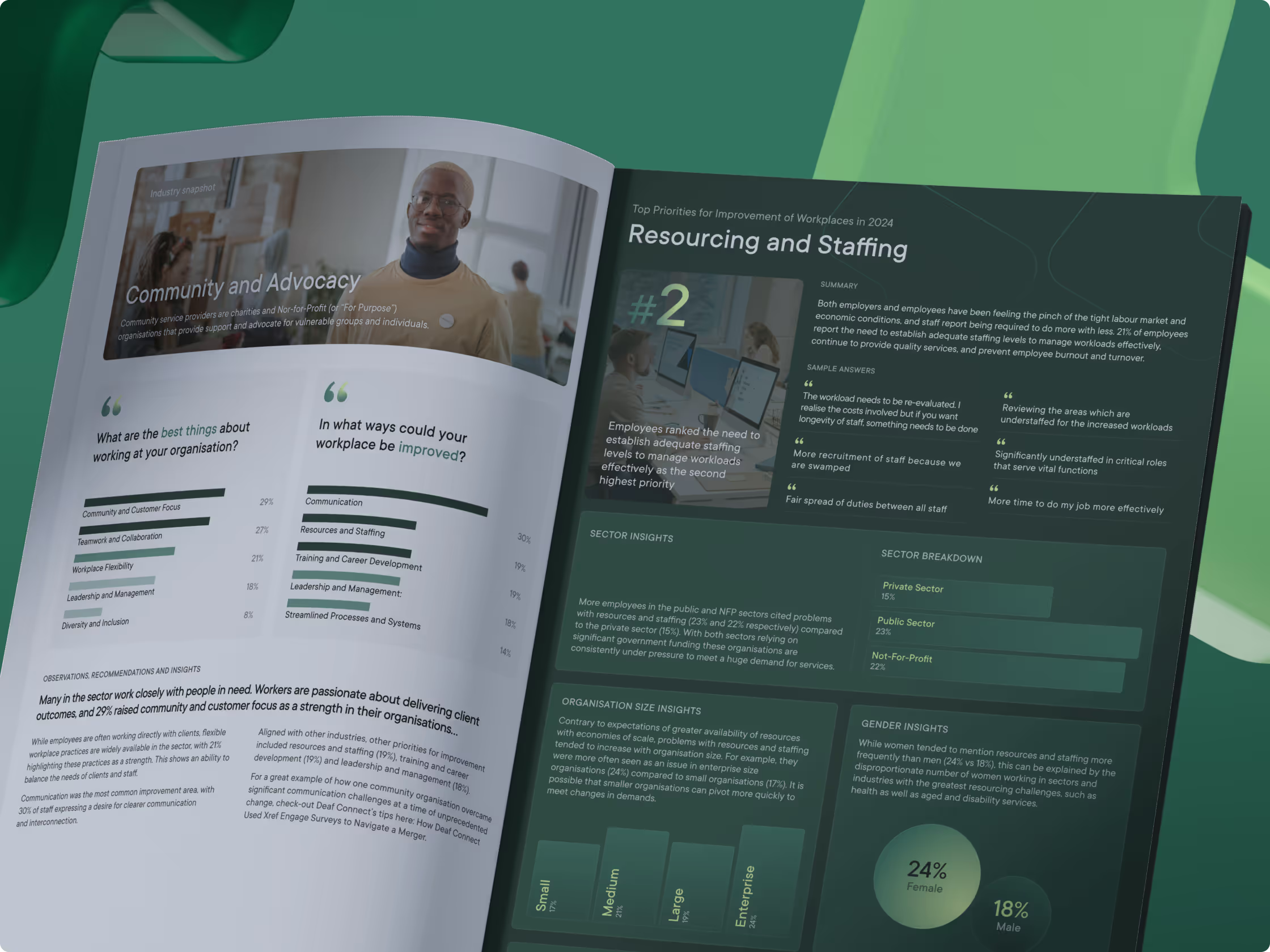

In using employee and customer surveys, and indeed in many fields of research, you may have the need to interpret statistical correlations. What does this mean? In its simplest form, a correlation refers to the connection between two or more things. This connection can be stronger or weaker depending on what we are talking about. One can expect, for example, that a child’s IQ is related to his/her academic performance. This correlation is likely to be stronger than the relationships between academic performance and whether the child takes packed lunches to school or not.
We all know the old rule that ‘correlation does not imply causation’ and that simply means that the strongest interpretation we can make is that A is related to B, much like saying that the sale of ice creams is related to temperature, because we would expect the sale of ice creams to go up on a warmer day. However, this is not necessarily so, say in a situation where the quality of the ice cream was bad. We cannot say that the warmer weather will cause the sale of ice creams to go up. Similarly, a child with high IQ that chooses not to attend school may not achieve strong academic performance. So we say that IQ does not necessarily cause strong academic performance.
So why use correlations in survey research? Surely, if organisations decide to spend money on surveying their staff and customers, they would like to know that their actions would most definitely make a difference to say employee engagement and customer satisfaction, rather than being likely to make a difference. The truth is that social scientific research does not operate in a laboratory, where for example, one can test that exposing rats to cigarette smoke is likely to cause them health problems. In contrast, organisations operate in a complex web of change, with influences from internal and external forces. In this instance, the assumption of ‘all things being equal’ does not apply, because they are not equal. So we cannot, for example, interpret with certainty that asking someone to take a pay cut would cause them to leave. In some instances, as in our survey of volunteers who do not get paid at all, we know that they would continue to work for a purpose that they believe in. Pay is one, but not the only factor that contributes to an employee's engagement. Similarly, a child who has lower IQ than his/her peers, but works harder, could achieve equal or stronger academic performance.
Correlation helps us to understand the relationship between employee and customer practices, and how those practices relate to tangible organisational outcomes. In addition, it helps organisations to prioritise their efforts based on the varying strengths of the relationships, and helps them make informed decisions about what to do in response to a survey, to generate a greater return on investment. This is at odds with recent trends in some organisations that focus purely on measuring one statistic – NPS, or Net Promoter Score (Reichheld, 2003). Predicting customer loyalty based on one statistic alone is much like trying to predict a child’s academic performance based on IQ alone, and ignoring other factors such as parents’ education, socio-economic status, effort, and the quality of the schooling. It may be a necessary predictor, but not a sufficient one to explain the full complexity of a customer’s purchasing behaviour.
Watch the video for a presentation on the use of correlation in survey research.
